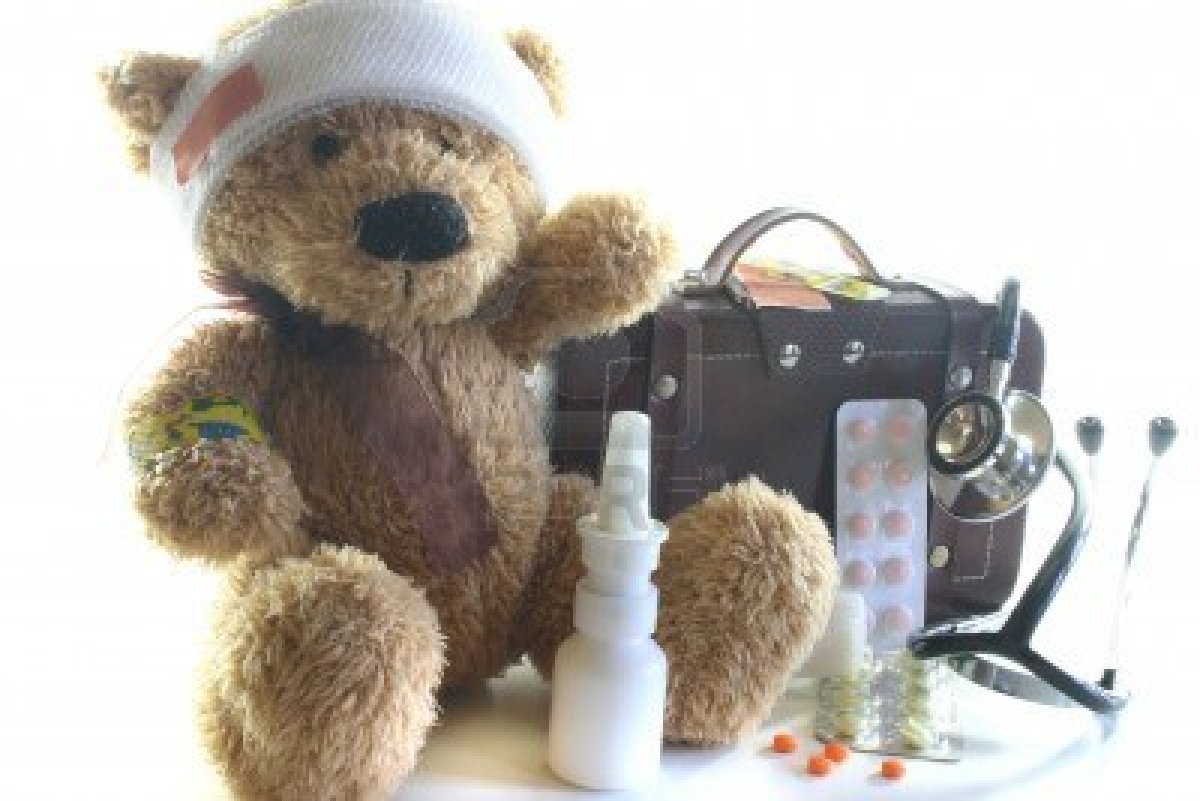Disclosure: In any review for a product or service, products or compensation may have been provided to me to help facilitate my review. All opinions are my own and honest. I am disclosing this in accordance with FTC Guidelines. Please see “Disclose” and "Terms of Use" tabs for more information.
Keeping kids safe is priority number one for most parents, but it’s not always possible to prevent accidents and injuries. Kids don’t want to live in a bubble; they want to explore and have adventures, to try new things. And although your instinct is to protect them from harm, you probably realize that being overprotective will soon become stifling, and it could lead to all kinds of unfortunate side effects for children, such as a lack of confidence, a fear of the outside world, or worse, a tendency to rebel during adolescence. Still, you can take steps to keep them safe from common hazards, and you should have some basic knowledge of pediatric first aid for those occasions when accidents occur. So here are just a few first aid and safety tips that every parent should observe.
- Child-proof your home. The first way to ensure safety in the home is to take steps to childproof every room, as well as outdoor spaces. This means covering outlets, installing baby gates, adding door and drawer latches, locking oven dials, and potentially even strapping furniture to the wall during infancy and toddler years. This should prevent kids from suffering some of the most common accidents, such as electrocution, burns, poisoning, and falling or pulling items down on top of them. As for the backyard, you’ll want to look for hazards like poisonous plants and install locking gates around the pool area (if you have one).
- Run emergency drills. As kids get older you can begin to prepare them for home safety procedures by running emergency drills. For example, you might teach them what to do in the event of a fire, including finding a safe exit, using fire extinguishers as needed, and heading to an agreed-upon meeting location outside the home. Then you can run drills in the middle of the night to make sure your lessons have sunk in. You might also cover CPR, the Heimlich maneuver, and basic first aid so that they know how to respond in the event that an emergency arises when you’re not home.
- Set ground rules. Plenty of safety issues occur outside the home, so as kids get older; heading off to school, hanging out with friends, and even learning to drive; you’ll want to set some rules designed to keep them safe when you’re not there to supervise. You’ll no doubt figure some of it out as you go, but common rules might include staying away from strangers, walking with a buddy, saying no to drugs, and following the rules of the road. But more important than laying down these laws is taking the time to talk through scenarios and teach your kids how to stand up for themselves so that they have all the tools they need to follow the ground rules you set for them.
- Take first aid courses. As a parent you must be prepared to care for your kids in an emergency situation. While you’ll certainly want to contact the proper authorities, it could be minutes before paramedics or other medical professionals arrive to provide assistance. When you are trained to perform first aid tasks such as binding wounds, immobilizing injured body parts, or delivering CPR or the Heimlich maneuver, you could increase the chance of survival immeasurably. American, European, and Australia wide first aid may respond quickly in your area, but not as quickly as you.
- Know emergency numbers. The last thing you want to do when an emergency arises is search through the phone book to find the number for a nurse hotline, poison control, or other emergency services. So keep a list on the fridge or in the contacts on your smartphone so that your kids don’t have to suffer any longer than necessary.

















Great tips! We still haven’t done safety drills but need to start explaining things as my little one tried to play with the fire extinguisher. I didn’t even realize she knew where it was!